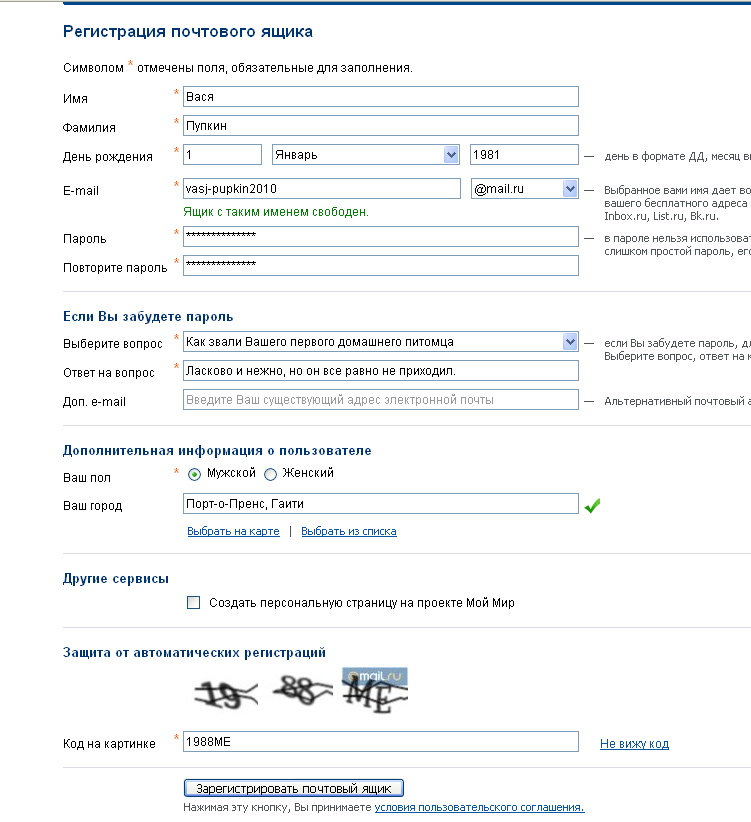Pulmozyme Prices, Coupons and Patient Assistance Programs. Pulmozyme (dornase alfa) is a member of the miscellaneous respiratory agents drug class and is commonly used for Cystic Fibrosis. Polygonatum kingianum ssp. Kingianum $12.00 Very unusual with clusters of pendant cylindrical yellow tipped red flowers in the leaf axils, it is a scrambler with whorls of narrow leaves curled into pseudo-tendrils at their tips.
Polygonum multiflorum or Fo-ti root (traditionally known as He-Shou-Wu in China, or as tuber fleeceflower in North America) is a Chinese plant which is popular due to its rejuvenating properties. The Chinese people use the root of the plant for medicinal purposes such as promoting fertility, restoring hair color and preventing aging effects. Polygonum multiflorum is a native plant of China but it is also grown extensively in Japan, Taiwan and some parts of North America. Consult with your health care provider before taking Fo-ti or any supplement. For centuries, Polygonum multiflorum has been used an herbal medicine by the Chinese. The significance of the plant is from the reddish roots which are usually boiled with black beans to form a preparation called the red Fo-ti.
This processed Fo-ti is said to prevent heart disease by not allowing plaque to form in the blood vessels. At the same time it may also reduce cholesterol in the blood and the liver due to the presence of chemicals called lectins, which prevent fat accumulating in the blood. The processed roots of the Fo-ti also contain anti-oxidant, anti-tumor, immune-stimulant and sedative properties. The unprocessed Fo-ti is called 'white Fo-ti.' It is used for laxative purposes through oral administration, or it may be applied topically to treat skin conditions such as acne, razor burns, dermatitis, scrapes and athlete's foot.


White Fo-ti is chiefly used to fight against inflammation, hyperlipidemia, constipation and toxicosis. Fo-ti is available as sliced or whole roots, capsules, powder, solution and tonics, but before using it consult with your health care provider for possible interactions with existing medications you may be taking.
Fo-ti is also believed to provide the following health benefits: improve immunity, enhance red blood cell production, enhance the libido, aid in weight loss, reduce cholesterol levels, decrease blood pressure, promote better sleep, improve memory function, safeguard skin from ultra violet rays, decrease weakness and fatigue, and reduces the risk of cardiovascular diseases. It is also used to treat menopause symptoms and vaginal discharge in women, erectile dysfunction in men, premature graying of hair, bone loss and skin problems such as eczema and goiters. Copyright © 2019 Leaf Group Ltd. Use of this web site constitutes acceptance of the LIVESTRONG.COM,.
The material appearing on LIVESTRONG.COM is for educational use only. It should not be used as a substitute for professional medical advice, diagnosis or treatment. 
LIVESTRONG is a registered trademark of the LIVESTRONG Foundation. The LIVESTRONG Foundation and LIVESTRONG.COM do not endorse any of the products or services that are advertised on the web site. Moreover, we do not select every advertiser or advertisement that appears on the web site-many of the advertisements are served by third party advertising companies.
Malvaviscus arboreus was one of the first native plants that I became acquainted with when I began my native plants gardening adventure. From the beginning, I was smitten. Over the years, I’ve planted seven Turk’s Cap shrubs, all of which spread and developed into large specimen plants which anchor several of my garden beds during the course of the long growing seasons here in sunny Austin, Texas. Turk’s Cap is a native southern United States plant, but is also native to Mexico and Cuba. There are cultivars of this plant, like, (who names these??), that are listed as herbaceous perennials in USDA gardening zones 7-10. Though this native Texan dies to the ground during our normal winters (except in South Texas), this hardy shrub emerges every spring and gifts to the garden and wildlife a long and prolific parade of blooms and fruits.
The Turk’s Cap is not picky about soil, nor does it need much water once established. Considered an understory plant, Turk’s Caps are best in shade, but flourish in full sun and anything in between. In full sun, the leaves will turn downwards, darken, and crinkle in a manner that many gardeners find unattractive. The plant looks like it’s struggling in the blazing sun and heat, but even under those conditions, Turk’s Cap is a tough and drought hardy perennial. All of my Turk’s Cap shrubs grow in shade to part-shade and in fairly heavy soil, but I’ve seen others perform beautifully in full sun while planted in sand. In shade and part shade though, the foliage is lush and suggestive of plants that are tropical mallows–which Turk’s Cap is! Turk’s Caps are classified as shrubs, but I always think of them as a forming in a cluster or thicket and as performing more like herbaceous perennials. They tend toward the amorphous–shooting upwards and outwards from their thick roots after winter and reaching for the sky throughout spring, summer and into autumn.